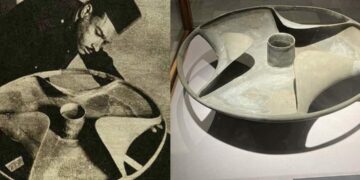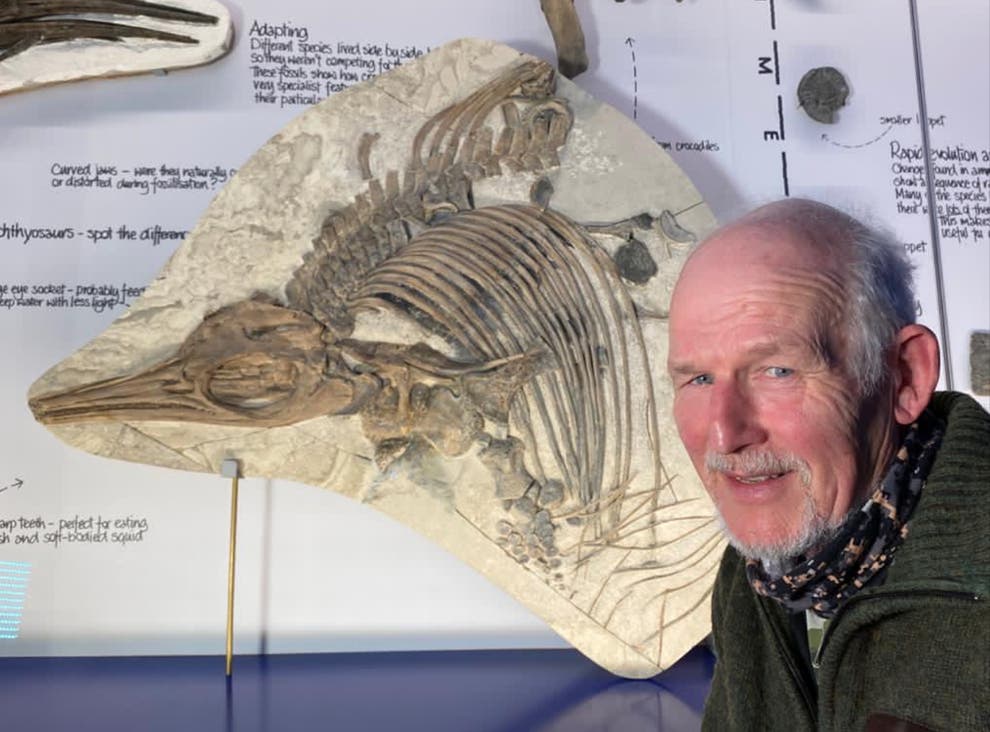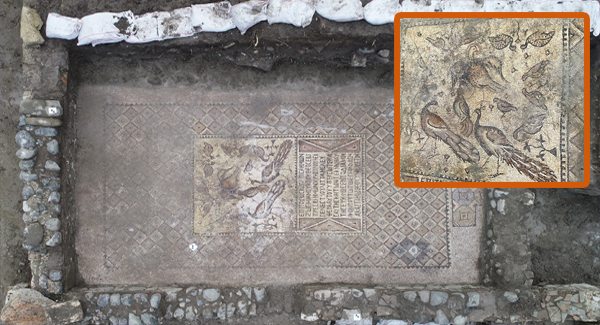A lost technology from an ancient apocalypse 12,800 years ago may have been uncovered by an advanced quantum computer, potentially solving one of archaeology’s greatest mysteries: the Baghdad Battery. This simple clay jar, long thought to be a mere relic, could hold secrets that challenge our understanding of ancient science. Using the cutting-edge Majerana 1 quantum chip, researchers claim to have decoded its electrical capabilities, suggesting the Parthian civilization (250 BCE–224 CE) may have harnessed electricity thousands of years before modern science.
Discovered in 1936 near Baghdad by German archaeologist Wilhelm König, the Baghdad Battery—a clay jar with a copper cylinder, iron rod, and bitumen insulation—resembled a galvanic cell, sparking debate about its purpose. Early theories suggested it was used for electroplating, storing scrolls, or even medical therapy. Replicas filled with acidic solutions like vinegar or grape juice generated about 0.5 volts, supporting the ideaSPAN> of electroplating gold or silver, though skeptics questioned its practicality due to inconsistent currents and the complexity of connecting multiple jars. Other hypotheses included religious ceremonies or mild electric therapy, but evidence was scarce. The artifact survived wars and looting, re-emerging in debates fueled by shows like MythBusters in 2005, which demonstrated plausible but limited electroplating.
In 2025, Dr. Amamira Hassan’s team, with Iraqi Ministry approval, used advanced tools like portable X-ray fluorescence (PXRF), neutron tomography, and gas chromatography-mass spectrometry (GC-MS) to study the battery and similar jars. They found copper from the Zagros Mountains and lead from the Taurus Mountains, indicating a deliberate supply chain. Neutron tomography revealed evolving designs, suggesting centuries of refinement. GC-MS detected oak gall extract, known for acidic and medicinal properties, and alkaloids from pain-relieving plants like deadly nightshade and henbane, hinting at a medical purpose. Traces of human blood proteins and inflammation markers, along with zinc and silver deposits, suggested the jars delivered mild electric shocks combined with herbal treatments, possibly for pain relief akin to modern transcutaneous electrical nerve stimulation (TENS) or iontophoresis.
The Parthian Empire, a cultural crossroads blending Greek, Mesopotamian, and other traditions, fostered such innovation. Trade routes like the Silk Road brought metals and herbs, while healers exchanged knowledge, possibly integrating acupuncture-like techniques. References to “singing metal therapy” in Parthian texts and the jars’ presence in healing sites, not workshops, support a medical role, potentially for battlefield injuries or chronic pain. Similar artifacts in Egypt, the Indus Valley, China, and Roman Ephesus suggest low-voltage therapy was more widespread, though not a unified theory of electricity.
The jars’ sophisticated construction, with standardized materials and chemical mixtures, points to intentional design by skilled artisans or healers. This knowledge likely faded with the Parthian Empire’s fall in 224 CE and later cultural shifts. The 2025 findings, combining chemical, structural, and historical evidence, paint the Baghdad Battery as a medical device, revealing a nuanced ancient science that blended electricity and herbal remedies, forcing us to rethink the technological prowess of early civilizations.























